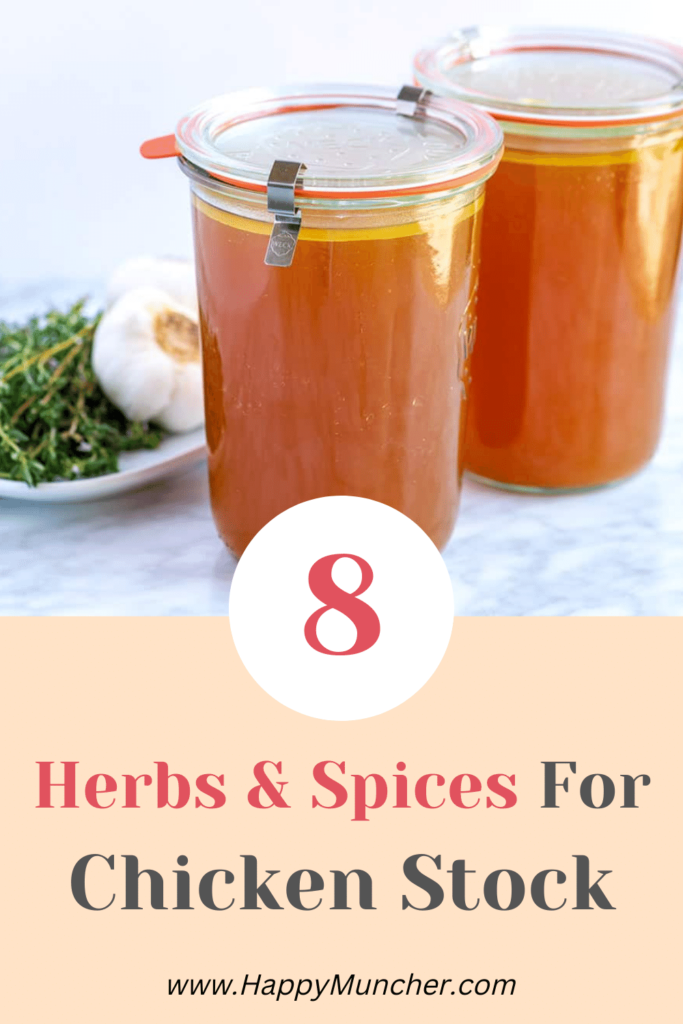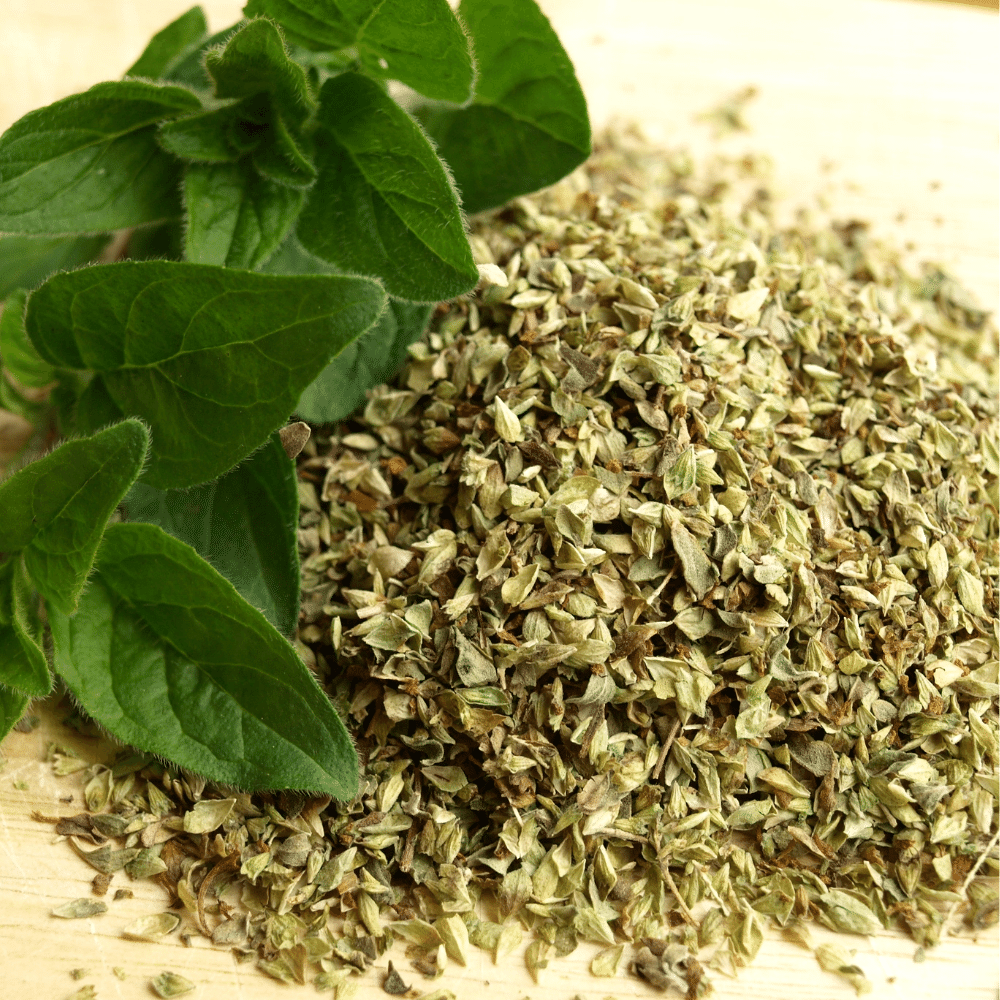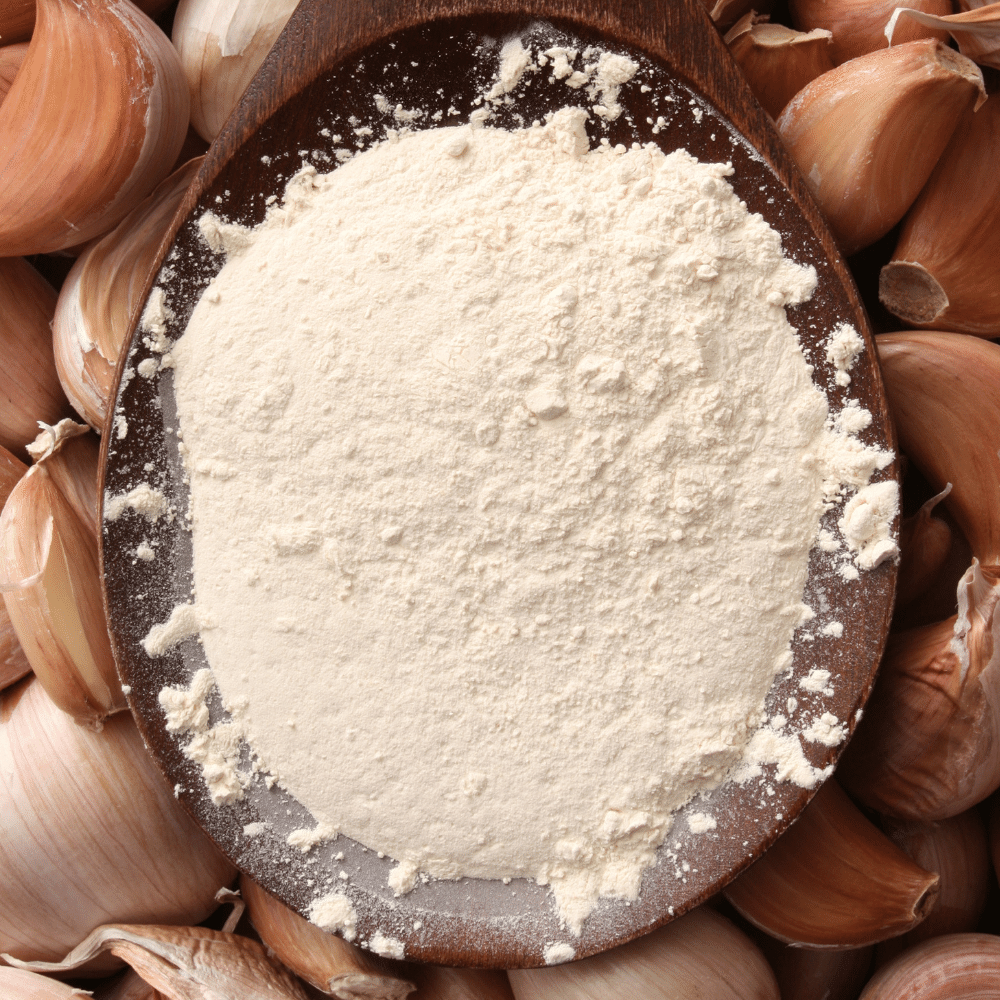If you’re looking for some of the best herbs and spices to add to your chicken stock, then you’ve come to the right place.
I’ve rounded up 8 of the best herbs and spices that will take your chicken stock to the next level.
Whether you are looking for a classic chicken stock or something with a little more flavor, these herbs and spices are sure to do the trick.
So go ahead and give them a try the next time you make chicken stock!
See Also: 12 Delicious Substitutes for Celery in Chicken Stock

8 Best Herbs and Spices for Chicken Stock
Don’t settle for bland, watery chicken stock!
With the right herbs and spices, you can easily transform it into a delicious and flavorful base for soups, stews, and sauces.
Here are 8 of the best herbs and spices to use in chicken stock:
1. Parsley

Parsley has a clean and peppery taste (which is why it’s often used as a garnish), and it can help to brighten up the flavors in your chicken stock.
If you’re using parsley to add flavor to your chicken stock, I recommend using fresh parsley rather than dried parsley.
You can use the stems and leaves of the parsley plant, but I find that the leaves have more flavor.
To use parsley to flavor your chicken stock, you can add a bunch of parsley (leaves and stems) to the stockpot when you’re first starting to cook the chicken.
You can also add some parsley towards the end of cooking time, just before you remove the chicken from the pot.
2. Thyme

Thyme usually has a sharp, almost minty flavor (but don’t worry, it won’t make your chicken taste like toothpaste).
A little goes a long way with thyme, so start with just a few sprigs and add more to taste.
Thyme is also a key ingredient in many classic French dishes, such as coq au vin and bouillabaisse (See Also: What Salad to Serve with Bouillabaisse?).
So if you’re looking to add a touch of sophistication to your chicken stock, thyme is the herb for you.
Here are a few tips for using thyme:
- To get the most flavor out of thyme, strip the leaves off the stem and bruise them before adding them to your stock pot.
- If you don’t have fresh thyme on hand, you can use dried thyme. Just keep in mind that you’ll need to use about three times as much dried thyme as you would fresh.
- Thyme pairs well with other herbs, such as parsley, rosemary, and oregano. So feel free to experiment until you find the perfect blend for your taste buds.
3. Rosemary

This lemony-pine-like herb is a classic for flavoring chicken stock, but can also be used in many other stocks and soups.
When using rosemary, a little goes a long way; it’s potent!
I suggest using 1-2 sprigs per chicken or 2 teaspoons of dried rosemary.
Here are a few tips for using rosemary so your chicken stock comes out tasting its best:
- If using fresh rosemary, strip the leaves from the stem and give them a rough chop before adding them to the pot.
- For extra flavor, add the rosemary sprigs towards the end of cooking. This will help prevent the herb from becoming too overwhelming.
- If you find that your chicken stock is too strong after adding the rosemary, simply remove the herb before serving.
4. Sage

Sage is earthy, slightly peppery taste with hints of mint (but not as strong).
It’s a very popular herb that is used in many different dishes.
When it comes to chicken stock, sage is a great choice for adding flavor.
I would recommend using 1-2 sprigs per quart of chicken stock.
You can add the sage when you first start cooking the chicken stock, and then remove it before serving.
Here are a few tips for using sage:
- If you want a stronger sage flavor, use 2 sprigs per quart of chicken stock.
- If you want a more subtle sage flavor, only use 1 sprig per quart of chicken stock.
- Sage goes well with other herbs and spices such as thyme, rosemary, and parsley. Try adding some of these other herbs along with the sage for even more flavor.
- Sage can also be used to make a delicious sage butter. Simply combine softened butter with chopped sage leaves and a bit of salt. This sage butter is great on top of cooked chicken or vegetables.
5. Oregano

Oregano has a slightly bitter, pungent taste (if you’ve ever had marinara sauce, you’ve likely tasted oregano).
It is most commonly used in Italian and Mexican cooking.
To make the best chicken stock possible, add a few sprigs of oregano (along with other aromatics like carrots, celery, and onion) to your pot when simmering the chicken.
For extra flavor, you can also add a dried oregano leaf or two. Just be sure to remove it before serving.
6. Basil

Basil is a balance between sweet and savory (unlike other herbs that are mostly savory or sweet), so it can be used with a variety of dishes.
- To use basil in your chicken stock, first, add the chicken and any other savory ingredients to the pot.
- Then, towards the end of cooking, add a handful of basil leaves.
The longer you cook the chicken stock, the more flavor the basil will impart.
So if you want a very light flavor, add the basil near the end.
If you want a more pronounced flavor, add it at the beginning.
A few tips:
- Use fresh basil if possible – it really does make a difference!
- If you don’t have fresh basil on hand, you can use dried basil instead. Just use 1 teaspoon of dried basil for every 2 tablespoons of fresh (so, if a recipe calls for 2 tablespoons of fresh basil, use 1 teaspoon of dried).
- To store fresh basil, wrap it loosely in a damp paper towel and place it in the fridge. It should last for about a week this way.
7. Garlic Powder

If you’re out of fresh garlic or just don’t have the time to peel and chop garlic cloves, garlic powder is a great alternative for adding flavor to your chicken stock.
I like to add garlic powder towards the end of the cooking process so that the garlic flavor isn’t too strong.
Keep in mind that garlic powder can quickly become overwhelming, so start with a little bit and taste as you go.
You can always add more, but you can’t take it away once it’s been added.
Another tip is to add other herbs and spices along with the garlic powder to create a more complex flavor profile.
Some of my favorite combinations include:
- Garlic powder, onion powder, and black pepper
- Garlic powder, dried thyme, and bay leaves
- Garlic powder, paprika, and cayenne pepper
8. Onion Powder

Onion powder adds something special (and delicious) to chicken stock that you just can’t get from any other ingredient.
When used correctly, onion powder can enhance the flavor of your chicken stock without making it taste too “onion-y.”
Here are a few tips for using onion powder in your chicken stock:
- Add onion powder early on in the cooking process. This will allow the onion flavor to mellow out and blend with the other flavors in the stock.
- Use a light hand when adding onion powder. A little goes a long way!
- Add other flavorful ingredients like garlic, carrots, and celery to round out the flavor of your chicken stock.

8 Best Herbs and Spices for Chicken Stock
Ingredients
- Parsley
- Thyme
- Rosemary
- Sage
- Oregano
- Basil
- Garlic Powder
- Onion Powder
Instructions
- Choose your favorite herbs or spices from this article to add to your chicken stock.
- Prepare the rest of your meal.
- Enjoy in no time!
Hi, I'm Benjamin. I love cooking, long walks, and my girlfriend! Here you’ll find simple and delicious recipes that you can make in 30 minutes or less.

